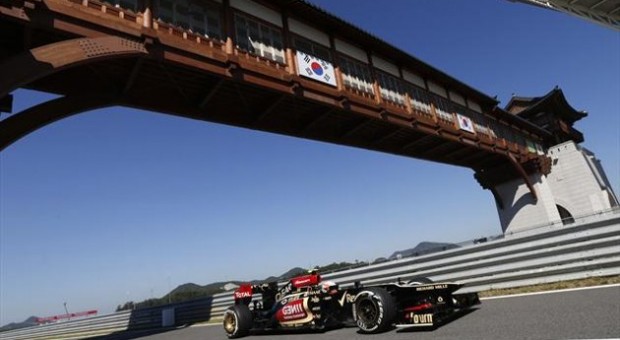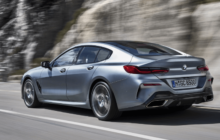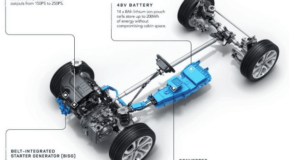
For those who race, and those who simply have a passion for the sport, the subtle intricacies of the most successful teams can prove fascinating. Every detail of their strategies is finely honed, so that they can do in seconds what the mere mortals among us take hours to accomplish.
We’ve each watched the Formula 1 teams perform their pit stops in open-mouthed fascination. Cars are jacked up, tires are ripped off and reset, and damaged parts are replaced, all in the blink of an eye. The overall-clad figures move like an automaton, the routine as fluid and seamless as a finely tuned machine in motion.
For those who aspire to be like them and enjoy their own degree of success, and even those who simply want to gain a greater knowledge of the sport, understanding how teams are managed is a real point of interest, and one factor that should never be overlooked is how fuel is stored and transported on and between racetracks. That’s why we’ve created this handy breakdown for your reading pleasure…
The Formalities
Despite the passion and rawness of racing, it is an incredibly well regulated sport, and this strictness applies as much to fuel as it does to every other area. There are various guidelines set out by the governing bodies behind major motorsports, and these must be followed to a tee. They determine everything from the type of fuel that’s used, to how it’s stored and transported between racetracks, and teams must have an in-depth knowledge of all of the rules and regulations relating to this.
Storage
Many of these rules and regulations focus on how fuel is stored, and most bodies require the use of bunded tanks, like these examples from Commercial Fuel Solutions. Hardwearing and strong, they prevent any spillages from contaminating the racetrack and surrounding areas, and are particularly useful when fuel or oil is being stored close to drains or an area of natural beauty. They tend to be crafted from dark plastic or materials, as lighter coloured outer surfaces let in too much light, and this often contaminates the fuel, impacting its lifespan and potency.
Transportation
Although bunded tanks are perfect for storing fuel on-track, they are not ideal for transporting it between different locations, so additional specialist equipment is usually used to move it from A to B. This helps to prevent any contamination or safety risks arising during its relocation, and thus stops injuries to the team and problems with the fuel from materialising.
















